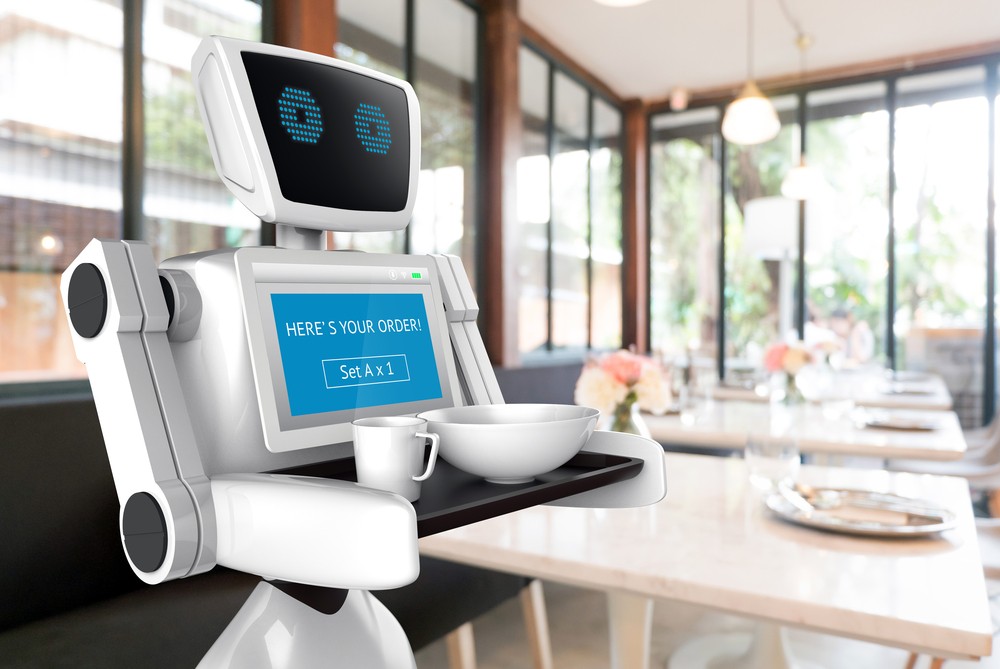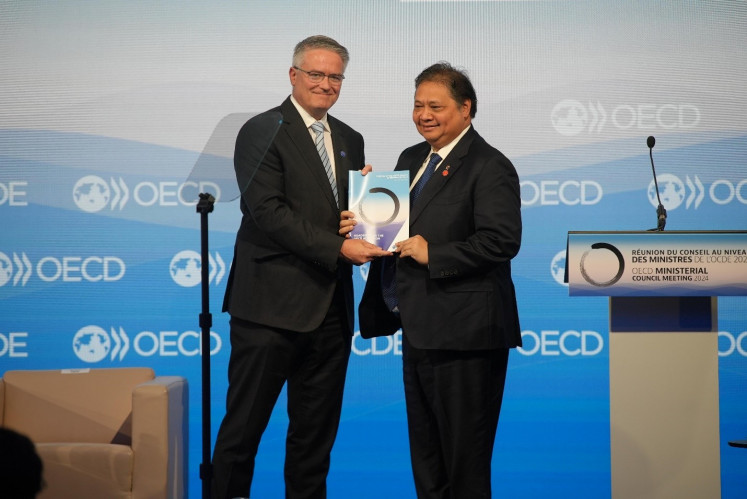Popular Reads
Top Results
Can't find what you're looking for?
View all search resultsPopular Reads
Top Results
Can't find what you're looking for?
View all search resultsPreparing the workforce for industry 4.0
In Indonesia, over five million jobs are expected to be created as a result of technological change.
Change text size
Gift Premium Articles
to Anyone
I
ndustry 4.0 is bringing rapid technology advancements, changing the nature of work and increasing demand for a skilled workforce. The McKinsey Global Institute projects that by 2030 technological expertise demand will increase by 55 percent. In Indonesia, over five million jobs are expected to be created as a result of technological change.
Indonesia’s huge source of youthful human capital has the potential to be one of the country’s most powerful economic levers as it prepares for the digital era. However, educational attainment and technical competency lags behind other Southeast Asian countries and there is a gap between the skills graduates and workers have and those industry leaders need. The Boston Consulting Group predicts that within five years, Indonesia’s largest firms will struggle to source qualified candidates for half of their entry-level positions.
Upskilling and retraining the workforce is crucial to leverage the tremendous opportunity new technologies offer to the economy and society. Businesses should embrace these digital advancements, adopting automation solutions such as collaborative robots (“cobots”), and address the skills gap and lack of technical competency among workers in order to stay ahead of the curve.
Cobots are valuable automation tools which help increase productivity and product quality while improving employee wellbeing. Cobots’ safety intelligence allows them to collaborate safely with people, thanks to advances in sensor and vision technology. Simple and user friendly programming make it easy for unskilled workers to program cobots.
The adoption of Universal Robot-designed cobots at PT JVC Electronic Indonesia has lessened the burden on workers to perform menial and repetitive tasks. Workers were also relieved from handling high risk tasks such as soldering and separating cut printed circuit board parts, which emit hazardous fumes and dust particles.
In Singapore, physiotherapists and Chinese medicine physicians are able to use cobots to enhance patient care. Designed by AiTreat, Expert Manipulative Massage Automation uses a UR cobot with a 3D-printed massage tip to assist practitioners with sports massage, acupoint therapy and other treatments.
When robotic systems are being considered, businesses should think about the environment in which they will be implemented. Risk assessments and safety should always be top of mind.
Risk assessments evaluate robotic operations, analyzing the motions and actions of the robot throughout its lifespan. If a potential hazard is identified, businesses should look at how it can be reduced to an acceptable level or eliminated entirely. The International Organization for Standardization (ISO) formulated the standard called ISO/TS 15066, which provides risk assessment guidance.
With respect to safety, UR cobots are designed with a patented safety system, allowing employees to work in close proximity without the need for safety fencing (subject to risk assessment). This safety system is certified by TÜV Nord, a technical service provider, according to international machinery safety standards with the related EN ISO 10218-1 certification, which details the safety requirements for industrial robots.
UR’s safety system also enables risk assessments to be conducted quickly and easily. This is in contrast to traditional industrial robots, which require heavier investments for lengthy risk assessments and to install safety barriers.
Creating a safe environment and addressing skills and barriers to robotic adoption work hand-in-hand when installing cobots. Businesses should identify technology training opportunities to help employees adapt to new technology and ultimately, take on higher-value jobs.
Recognizing potential upskilling gains in overcoming learning barriers to implementing industrial robots, UR launched the UR Academy to aid businesses in robotic adoption. The UR Academy offers high-caliber robotics training free to anyone, with nine online modules that make up the basic programming training for UR robots. To date, over 36,000 users from 132 countries have signed up.
There are also various courses to nurture talent to take on new and higher-value jobs that will arise from automation. Most recently UR partnered with Singapore’s Employment and Employability Institute (e2i), a network that funds skills-upgrading ventures, to establish the UR Collaborative Robotics Course. The course, held in Singapore, is open to the public including international participants. It empowers individuals with knowledge and skills to self-deploy robotic solutions and maintain automation equipment.
Cobots offer tremendous benefits not only for businesses but for employees as well. Their safety and ease of use will drive technical competency in Indonesia, helping workers familiarise with robotics, lessen the burden of strenuous tasks and ultimately, secure better quality jobs.
Much is being said of robots replacing jobs, but when implemented correctly, the value-added benefits they bring to workers are multiple, and serve to empower the upskilling, learning and development of entire populations of workers.
***
The writer is the regional director at Universal Robots.










